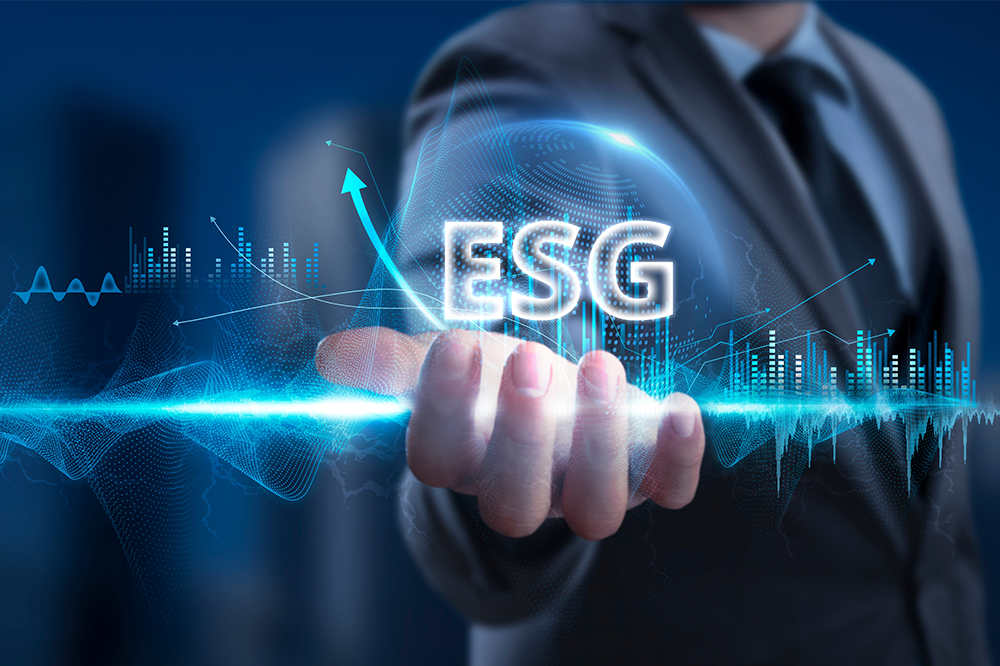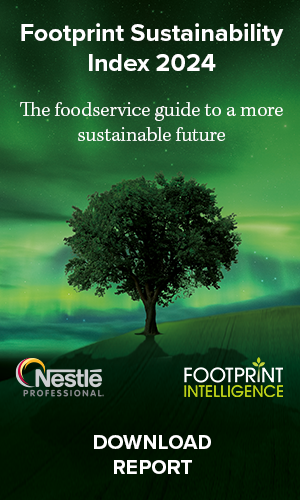Food and drink companies need to be up front about their progress (or lack of it) when it comes to reducing greenhouse gas emissions. By David Burrows.
My comments are not always like a box of chocolates: sometimes you know exactly what you are going to get. And so it is for these 500 words or so, because I am talking once again about transparency.
“Our 15th sustainability report shows the continual progress we are making in meeting our environmental, social and governance objectives and targets,” noted Ferrero in a press release accompanying its update on all things ESG earlier this summer.
The release flags improvements in packaging, empowering people, healthier options and traceability of key ingredients. Ok. But there is no mention of climate change. Which seems odd. The problems facing cocoa farmers due to extreme weather and rising temperatures has been mainstream news for months now. The price of cocoa surged past $10,000 a tonne for the first time in March, as crops were hit by poor harvests in Africa.
Chocolate-loving consumers around the globe are being hit by higher cocoa prices due in part to the climate crisis, noted UN Trade and Development in March. “It shows the importance for all consumers around the world that climate change is tackled, and that climate targets and climate change mitigation measures like nationally determined contributions are met,” said the group’s senior economist Rodrigo Carcamo.
So, is Ferrero doing its bit?
Flicking to the relevant section on emissions in its ESG report (page 81), it quickly became clear why climate was not front and centre in its media materials: greenhouse gas emissions in all scopes increased in the most recent year. Scope 3 emissions hit 6,954,798tCO2eq, up 2.4% (or 166,125tCO2eq) versus 2021/22, and 8% (or around 0.5MtCO2eq) compared to 2020/21.
Scopes 1 and 2 have also been rising recently, though as CEO Lapo Civiletti notes in his foreword: “We have achieved a 10% absolute reduction in Scope 1 and 2 GHG emissions since 2018, despite 16% production growth during the same time.” No mention here however of those scope 3 emissions, which account for 93% of the Nutella and Kinder maker’s total footprint.
It’s intense
Ferrero has actually gone for an ‘intensity’ reduction for scopes 1,2 and 3 emissions which stands at 4.6tCO2eq/tonne of product. There is more than a bit of debate about the value of intensity targets versus absolute reductions (one for another time), but either way Ferrero is struggling: emissions intensity per tonne of product has fallen just 5.7% against the baseline, to 4.3tCO2eq. The target is for a 43% reduction to 2.6tCO2eq.
Total scope 3 emissions at Ferrero, in case you are wondering, have increased 19% against the 5,832.248tCO2eq in 2017/18. “[…] with increased production output, total carbon emissions are growing,” the report states. But have no fear, because it continues to “evaluate possibilities for sizeable reduction”.
The 2030 target was verified by SBTi in 2020 though, so what on earth has been going on since then?
Well, “progress” according to Ferrero is a B score for CDP (which indicates that a company is showing some evidence of managing its environmental impact but is not undertaking actions that mark it out as a leader in its field). Life cycle assessments have been conducted for key ingredients like palm oil, dairy products and hazelnuts. “We are also working on separate forest, land and agriculture (FLAG) reporting, implementing a new methodology for incorporating acquisitions into carbon accounting, enhancing data sourcing and transparency, and improving our reporting and accounting software applications.”
And all the while emissions continue to rise. Ferrero is not alone in finding this tough. A recent survey of the food and beverage industry by Quantis found that sustainability teams across the food and beverage industry are “still very focused on target setting and compliance readiness”. Only 30% have strong confidence that their companies will achieve their environmental commitments by 2030, and this level of confidence decreases as the company size increases.
Tell us
No wonder, then, that the likes of Ferrero try and hide their poor progress as they struggle to move from accounting to action. But why try and deceive us by omitting such important information? People will check – and not just nosy journalists but investors too, and NGOs. (Mars has managed to cut its total emissions by 8%, which it rightly highlights in advance of the direct (scope 1 and 2) reductions in its most recent sustainability report).
CEOs must use their forewords in these reports to be honest. Tell us you’re struggling (because most food companies are). And tell us where you have made progress (Nestlé’s chairman and CEO don’t mention the 13.6% reduction in total emissions they have managed in their notes up top in the company’s latest report). Only then can we hopefully move forward in finding solutions.














